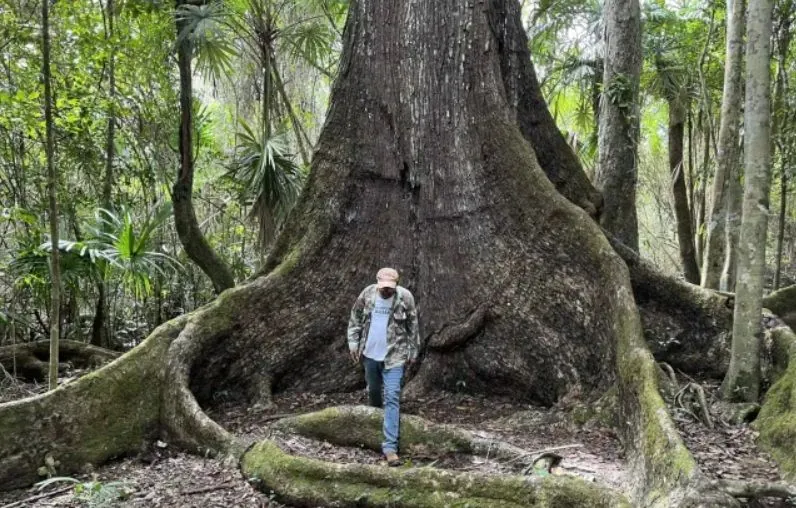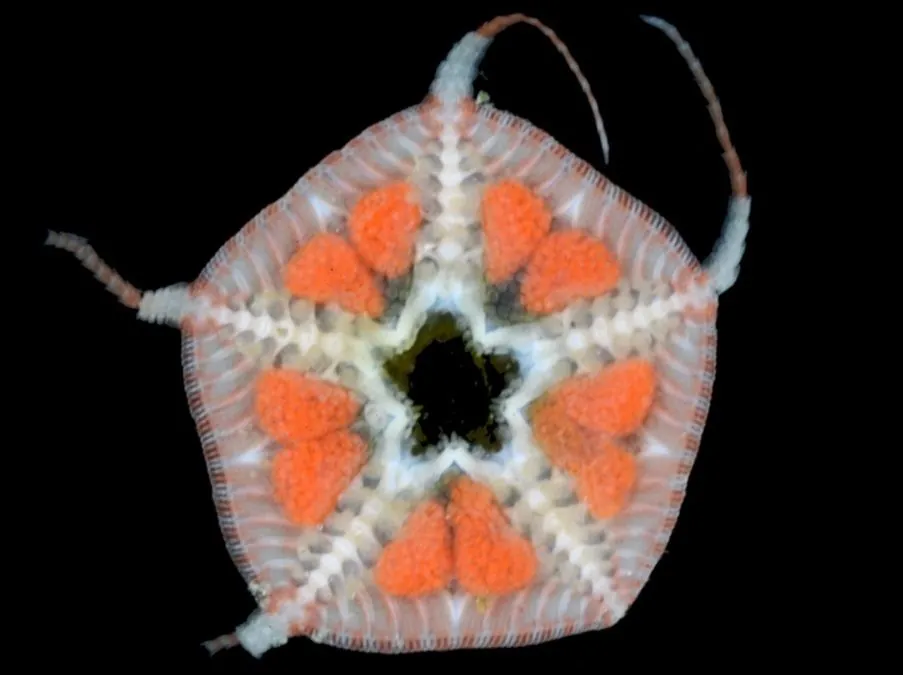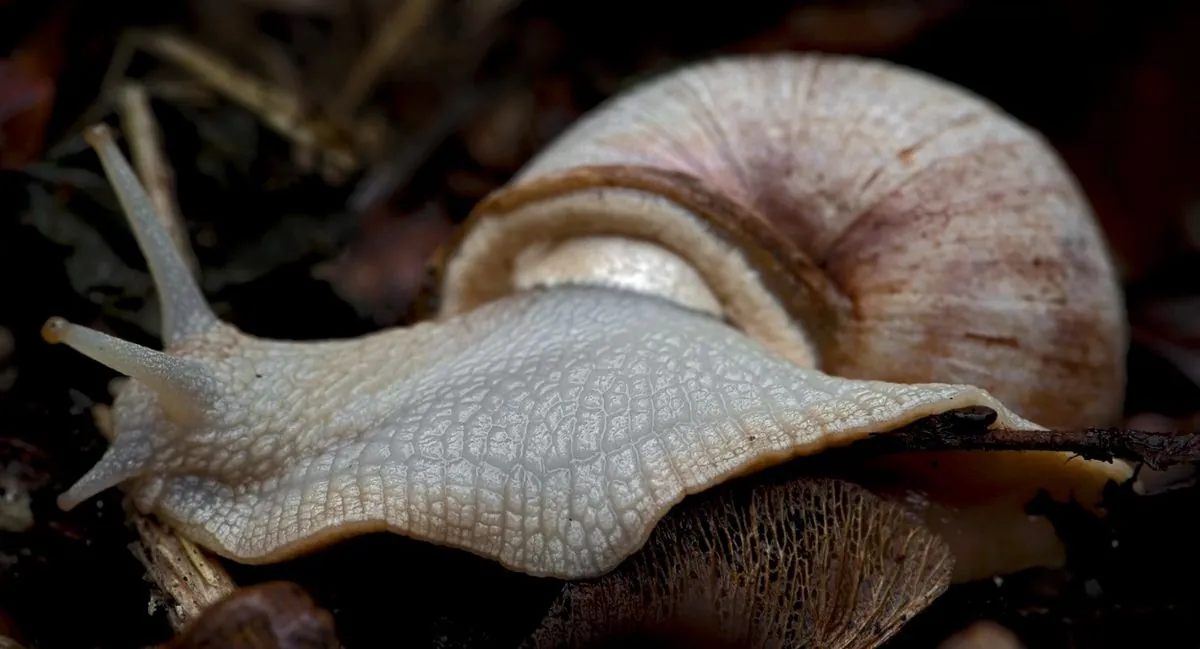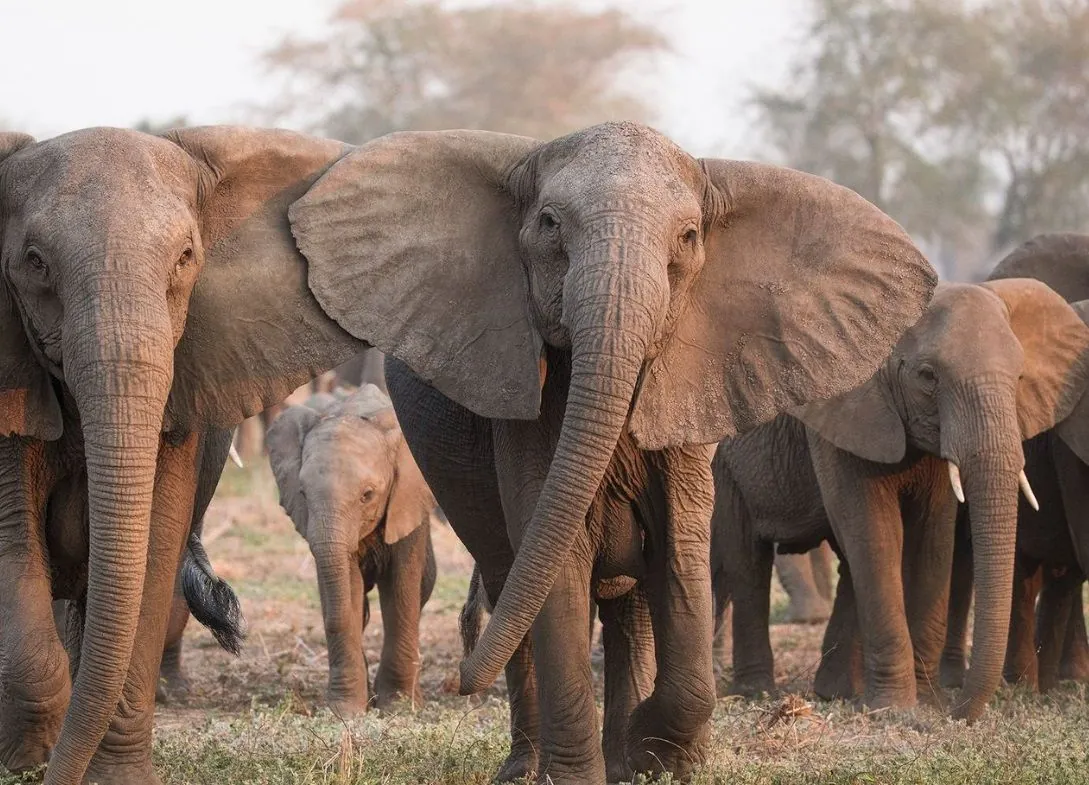From killless elephants to snails: how animals adapt to human activity
Kyiv • UNN
Scientists have discovered unusual adaptations of animals to urbanization and human activity. The changes include shorter wings in swallows, pale snail shells, and tuskless elephants in Africa.

Humanity's impact has touched every part of the planet, and nature is responding to these changes. Scientists are investigating how animals and plants are adapting to climate change, pollution, and urbanization.
Some species are moving to colder waters or changing their activity times, and plants are adapting to urban environments. These changes show how human activity affects evolutionary processes.
This was reported by The Guardian , UNNand UNN .
MahoganyMahogany
Mahogany is known for its durability, resistance to decay, and deep red wood, and it has become synonymous with luxury. They have been destroyed for their wood, and the population has declined by more than 70% in some countries. Although the old trees have mostly disappeared, the species itself is still widespread in many areas. But now it grows in a slightly different form.
The species, now considered commercially extinct in many parts of its Caribbean range, still exists and is even common in some areas. But these young trees no longer grow tall and will never grow to the heights for which the species was once known
While the mahogany tree once grew up to 20 meters and sometimes exceeded that height, nowadays mahogany exists as smaller shrubby trees that have no commercial value.

Because the largest trees were cut down, they were unable to reproduce and share their diverse gene pool, which contributed to the species' high growth.
Magpie nests with spikes
Bird nests with spikes to deter predators are commonplace in cities. However, researchers have found that magpies have begun to use the spikes, which used to deter birds, as building material for their nests. Auke-Florian Hiemstra, a PhD student, said that this is part of a growing trend of birds using artificial materials for nests.
Celebrities who love beer bottles
First described in 2018, the species Astrophiura caroleae is a fragile starfish found at a depth of about 300 meters off the coast of Curaçao. This five-pointed creature, a relative of the starfish, was collected by a submersible by Dr. David Pawson, curator of the Natural History Museum.

Scientists have found that this species successfully exploits new environments, including discarded bottles and rubber tires. Dr. Hugh Carter notes that Astrophiura caroleae lives on hard substrates, including man-made objects.
Live specimens were observed only on discarded Heineken bottles at a depth of about 300 meters, which were probably thrown overboard by daytime fishermen. Interestingly, members of the genus are considered to be specialists in hard substrates, so they mostly live on rocks, and it seems that this species is quite successfully continuing the tradition on man-made detritus
Snails with pale shells
A study of forest snails conducted by scientists in the Netherlands has shown that snails living in urban environments have paler shells. Scientists attribute this phenomenon to the rising temperature in cities, which can be up to 8°C higher than in rural areas.

Professor Menno Schiltuizen notes that the pale color of the shell helps snails avoid overheating on hot summer days, as darker shells heat up more.
Swallows with shorter wings
A study of rock swallows in southwestern Nebraska found that the birds adapted to the risk of being hit by passing cars by developing shorter wings. This allowed them to be more agile and avoid approaching vehicles. Birds with longer wings were more likely to die because they could not maneuver as quickly.
Elephants without tusks
During the civil war in Mozambique, massive poaching by militants led to a drop in the number of African savannah elephants in Gorongosa National Park by more than 90%.

As the populations are now recovering and represent one of the most important examples of global recovery, many elephants are tuskless. According to researchers, this is because tuskless elephants are less likely to be targeted by poachers. The same change was recorded in Tanzania.
Recall
Scientists from the United States and Chile have discovered a new species of amphipod Dulcibella camanchaca in the Atacama Trench. The 4-cm-long predator preys on smaller amphipods and is the first active predator found at this depth.